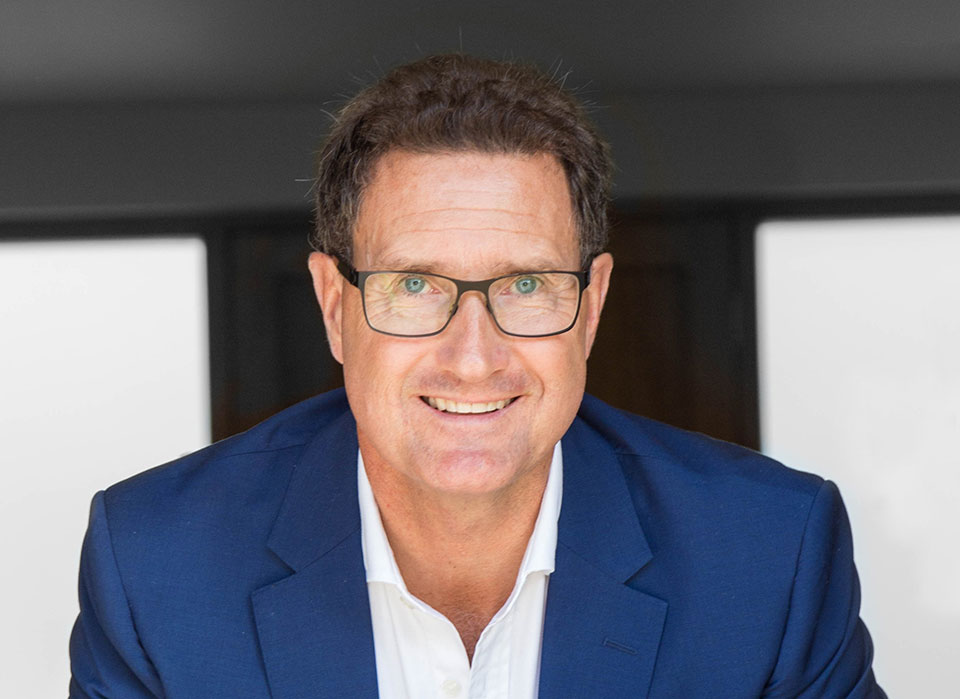The secret to leadership today? Helping your people to want to change.

88% of change initiatives fail, according to a 2016 report by Bain & Co. And while we can argue about the percentages, the fact that the vast majority of change initiatives, business strategies, mergers and acquisitions fail to deliver – is irrefutable.
But we can be among the 1 in 8 leaders that succeed.
In the three decades I have spent helping leaders to beat these odds and lead the delivery of successful and sustainable change, I have identified five key ‘truths’ about the subject. At first glance they may come across as ‘Blinding Glimpses of the Obvious’. They’re not.
- Change is inevitable. An easy comment to agree with but so difficult for people to fully take on board. Life is inherently uncertain. And as we have seen these last twelve months, so is business. If we are to be successful, if our people are to be successful, we must all learn to acknowledge that there are aspects of life and business that we simply cannot control – and then learn to be comfortable with this fact. Change is not a project, nor is it a one-off. It is a constant part of life. As two recent workshop delegates remarked: ‘not all change is good’ and ‘not all change is bad’ – and we must learn to accept both.
- All change is personal. Even the most comprehensive of organisational changes is actually the culmination of a myriad of individual changes. Successful change is not about processes or systems or business models or balance sheets or budgets. It is about people. And people are complex, messy, irrational and emotional beings.
- We all erect our own personal barriers to change. And these need to be acknowledged and aired. Each of us reacts to change differently, and the way we react will differ from one situation to another. But we each possess our own default reactions; out own default barriers to change, especially when it is forced upon us. Some of these barriers may only last a few seconds, while others may last a lifetime. As leaders, it is our job to help our people identify their own barriers to change, so they can start to overcome them.
It is also our job to encourage our people to air their concerns and fears about any proposed change or strategy, for if these concerns aren’t voiced, they will grow in importance and become incredibly strong change barriers. Most leaders of change don’t understand this; they simply want their people to nod and comply. This is a big reason why most change leaders fail. - All change is emotional. And emotions are to be embraced. Another reason for change’s spectacular failure rate is that too many leaders forget that emotions trump logic every time. In fact, they are four times more powerful than logic when it comes to change. Our emotions guide and inform our decisions. As numerous scientific studies have shown, we humans can’t make decisions without them. So, if you wish your people to embrace change, if you wish for your people to deliver your new strategy, you must appeal to their emotions. Logic alone simply won’t cut it.
- No-one changes because they are told to. We humans only change if, and when, we want to. So, as leaders of change, it is our job to help our people to want to change. This involves everything we have discussed above. We must not only present the logic of where we are going but also paint a picture of what the future will look like. We need to explain why the change is necessary and help every person to find an emotional reason to embrace the change. We need to appeal to their pride, their ego, their sense of self, their desire to help others – whatever it takes to find the emotional connection that will help them to want to change.
The future success of your business depends upon it.
Written by Campbell Macpherson, international change expert, keynote speaker, and award-winning author of The Power to Change (Kogan Page 2020, RRP $34.50). Have you read?
Best Hospitality And Hotel Management Schools In The World For 2021.
Best Fashion Schools In The World For 2021.
Best Business Schools In The World For 2021.
Best Medical Schools In The World For 2021.
Follow CEOWORLD magazine on Facebook, Twitter, Instagram, and LinkedIn.
Bring the best of the CEOWORLD magazine's global journalism to audiences in the United States and around the world. - Add CEOWORLD magazine to your Google News feed.
Follow CEOWORLD magazine headlines on: Google News, LinkedIn, Twitter, and Facebook.
Copyright 2025 The CEOWORLD magazine. All rights reserved. This material (and any extract from it) must not be copied, redistributed or placed on any website, without CEOWORLD magazine' prior written consent. For media queries, please contact: info@ceoworld.biz








